Radiators play a crucial role in regulating the temperature of your home’s heating system. However, they can sometimes develop problems that can affect their performance and efficiency. In this article, we will cover some common radiator problems and how to troubleshoot them, including the tools and equipment you may need. Whether you are dealing with a radiator leak, blockage, or failed component, this guide has you covered.
How to fix radiators not working
If all of your radiators are not working, there are several potential causes that you can troubleshoot. By checking the boiler, heating settings, balance of the radiators, and bleeding the system, you can often resolve the issue and restore proper functioning to the heating system.
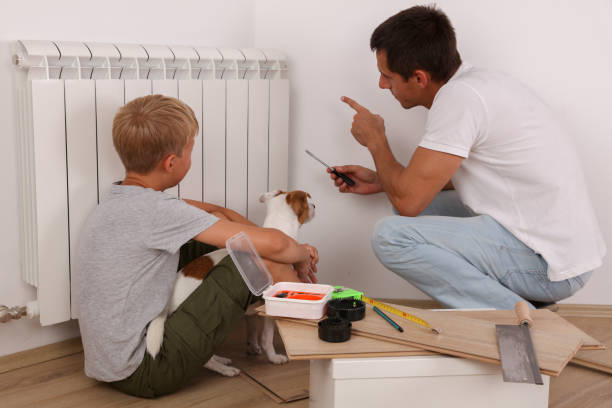
How do radiators work?
Radiators work by circulating hot water through a network of pipes and radiators to distribute heat throughout the house. The boiler heats up the water, which is then pumped through the pipes and into the radiators. The radiators transfer heat to the air, warming up the room, and the cooled water is returned to the boiler to be reheated.
How to find the cause of radiators not working
Check your boiler is on and working
If all of your radiators are not working, it is important to first check that your boiler is on and functioning correctly. This includes making sure that it is receiving a proper fuel supply, that it is not in emergency shutdown mode, and that there are no error codes displayed.
If the boiler is not functioning correctly, it may be unable to provide the necessary heat to the radiators.
Review settings for the heating system
Another potential cause of all radiators not working could be an issue with the heating settings. Make sure that the thermostat is set to a high enough temperature and that the heating system is set to “on.” If you have a programmable thermostat, check that it is set to the correct schedule and that the heating system is not set to “hold.”
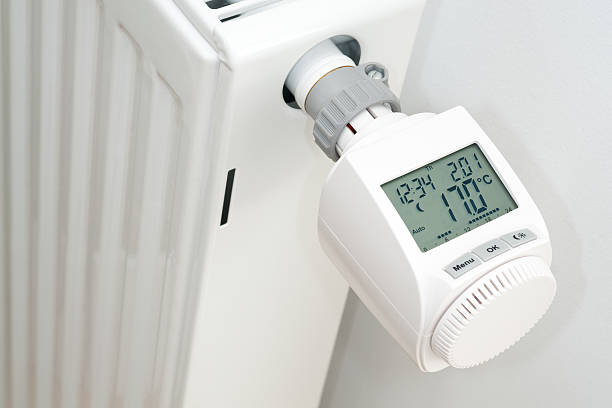
Bleed The Radiators
If the radiators are balanced and you are still experiencing issues with the heating system, you may need to bleed the system. This involves releasing any trapped air from the radiators, which can cause issues with the flow of hot water.
To bleed the system, you will need a radiator key and an adjustable wrench. First, locate the bleed valve on the radiator and place a cloth or container underneath it to catch any water or air that is released. Then, use the radiator key to open the valve and allow the air to escape until a steady stream of water is released. Repeat this process on all of the radiators in the system.

Adjust Radiator Valves
If the heating settings are correct and the boiler is functioning properly, the next step is to check the balance of the radiators. If some radiators are not working or are not producing enough heat, it could be due to an imbalance in the system. You can try balancing the radiators by adjusting the valves to allow more or less hot water to flow through each radiator.
Common radiator problems
Lack of heat
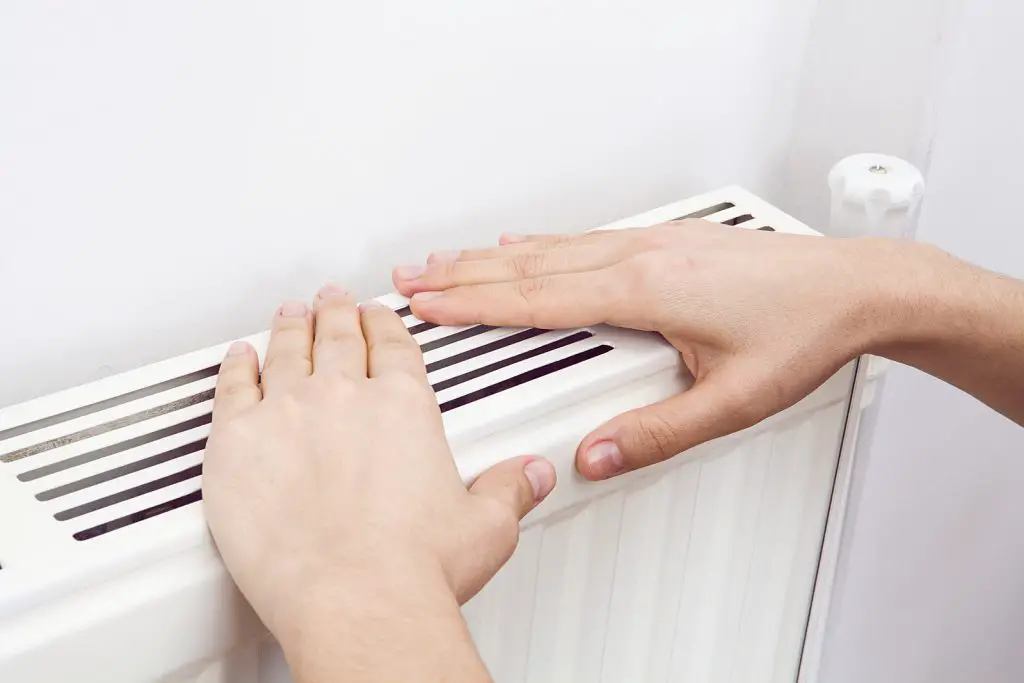
If your radiator is not producing enough heat, it could be due to a variety of issues such as a lack of hot water, a malfunctioning thermostat, or a clogged radiator. To troubleshoot this problem, start by checking the thermostat settings and making sure that it is set to a high enough temperature.
You should also check the hot water supply and make sure that it is not disrupted. If these steps do not resolve the issue, you may need to bleed the radiator to remove any air trapped inside, or check for a clog.
Uneven heat distribution
If your radiator is producing heat unevenly, it could be due to a variety of issues such as a malfunctioning valve or a blockage in the piping. To troubleshoot this problem, you can try adjusting the valve to see if it improves the heat distribution. If this does not work, you may need to check the piping for any blockages or damage.
Leaks
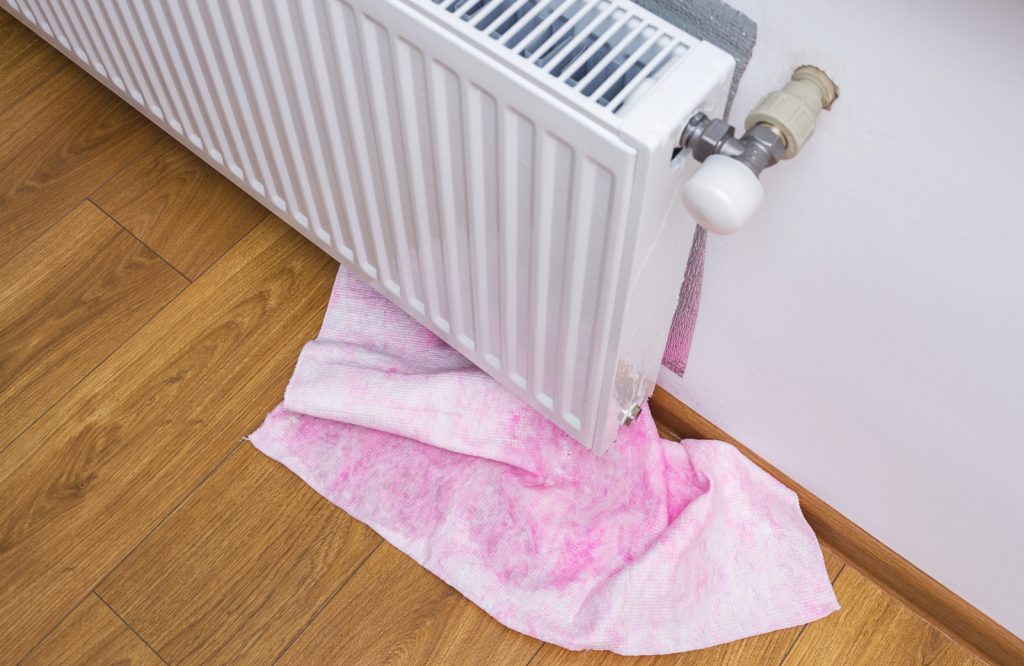
Radiator leaks can occur due to corrosion or a damaged valve. To troubleshoot a radiator leak, you can try tightening the valve or replacing it if it is damaged. If the leak is coming from the radiator itself, you may need to repair or replace it.
Tools and equipment
- Radiator key
- Adjustable wrench
- Replacement valve (if needed)
What if only one radiator is not working?
If a single radiator in your heating system is not working, there are several potential causes that you can troubleshoot. By checking the thermostat, radiator valve, bleeding the radiator, and checking for blockages, you can often resolve the issue and restore proper functioning to the radiator.
The approach to troubleshooting a single radiator that is not working may be slightly different than if all of the radiators in the system are not working. Here are some steps you can follow to troubleshoot a single radiator that is not working:
1. Check the thermostat
Make sure that the thermostat is set to a high enough temperature and that the heating system is set to “on.” If you have a programmable thermostat, verify that it is set to the correct schedule and that the heating system is not set to “hold.”
2. Check the radiator valve
If the thermostat is set correctly and the heating system is on, the next step is to check the radiator valve. Make sure that it is fully open and not stuck. If the valve is stuck, try gently wiggling it to loosen it up. You can also try adjusting the valve to allow more or less hot water to flow through the radiator.
3. Bleed the radiator
If the valve is not the issue, you may need to bleed the radiator to remove any trapped air. To bleed the radiator, you will need a radiator key and an adjustable wrench. Locate the bleed valve on the radiator, place a cloth or container underneath it to catch any water or air that is released, and use the radiator key to open the valve until a steady stream of water is released.
4. Check for blockages
If bleeding the radiator does not resolve the issue, you may need to check for any blockages in the piping. This could be caused by debris or corrosion that is preventing the flow of hot water to the radiator. If you find a blockage, you will need to remove it to restore proper functioning to the radiator.
5. Obstructed flow
If the flow of hot water to the radiator is obstructed, it may not be able to heat up properly. This could be caused by a blockage in the piping, a faulty valve, or a malfunctioning thermostat.
6. Corrosion
Over time, corrosion can build up inside the radiator, reducing the flow of hot water and hindering heat dissipation. If the radiator is heavily corroded, it may need to be replaced.
7. Damage
If the radiator is damaged, it may not be able to function properly. Damage could be caused by physical damage, such as a puncture or dent, or by corrosion.
How to shut off a radiator that isn’t working
To turn off a radiator that is not working but leaving the others on, you will need to locate and close the valve on the radiator. Each radiator in the system should have a valve that controls the flow of hot water to the radiator.
By closing the valve, you can stop the flow of hot water to the radiator and effectively turn it off. Here are the steps you can follow to turn off a radiator:
- Locate the valve: Look for the valve on the side of the radiator. It should be a small handle that can be turned.
- Close the valve: Using an adjustable wrench, turn the valve clockwise to close it. You may need to apply some pressure to turn the valve, as it may be stiff.
- Test the radiator: After closing the valve, wait a few minutes and then touch the radiator to see if it is still warm. If it is not warm, the valve has been closed successfully and the radiator is off.
- Repeat the process for any additional radiators: If you need to turn off additional radiators, repeat the process for each one
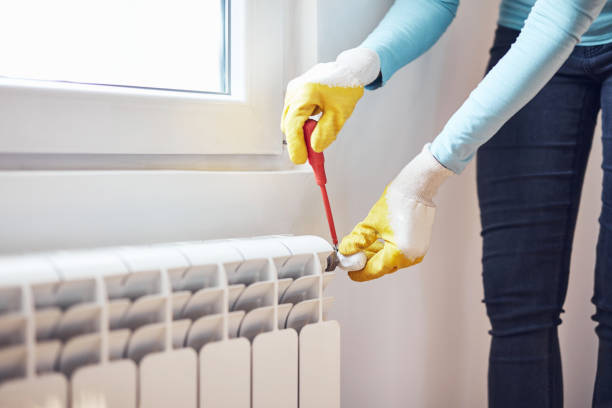
Conclusion
Radiator problems can be frustrating and disruptive to your home’s heating system, but with the right tools and knowledge, they can often be easily troubleshooted and repaired. By regularly maintaining and inspecting your radiators and heating system, you can help prevent these problems from occurring in the first place.
Read related articles:
